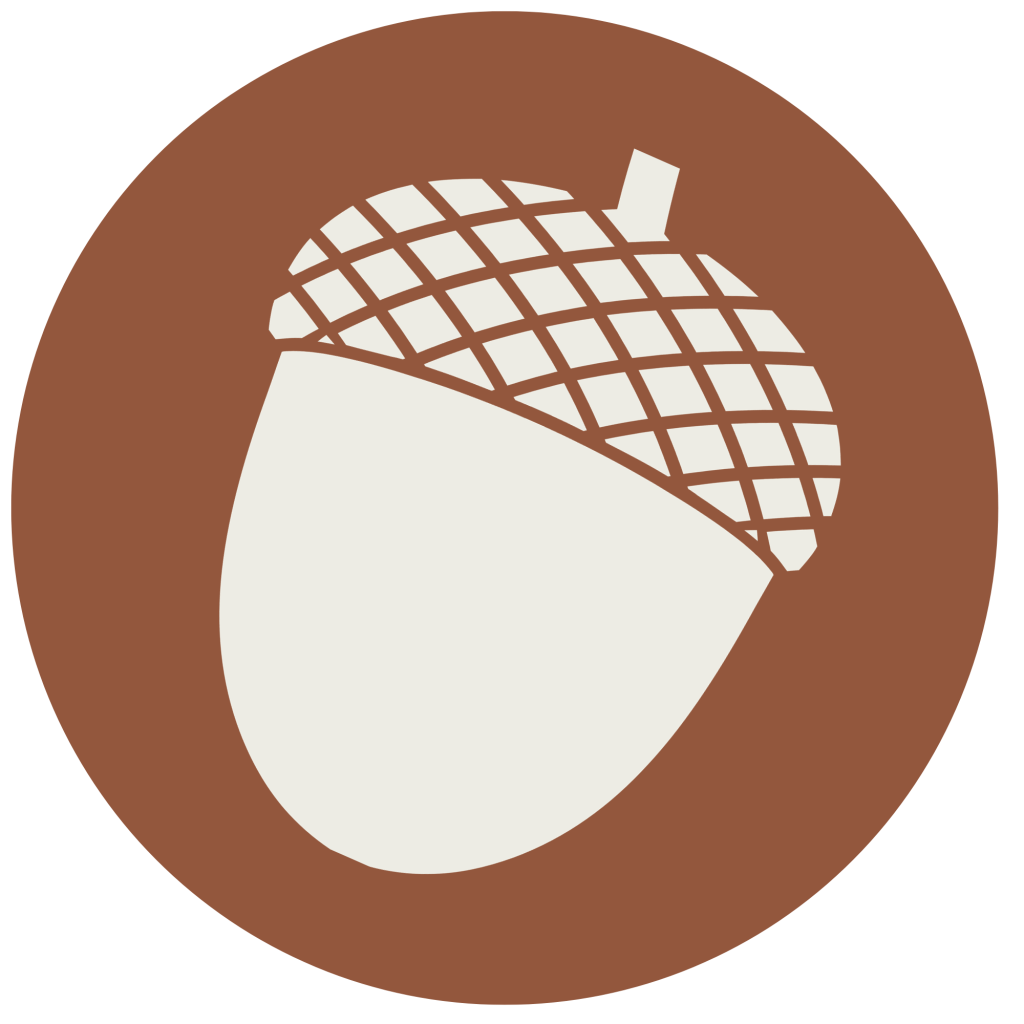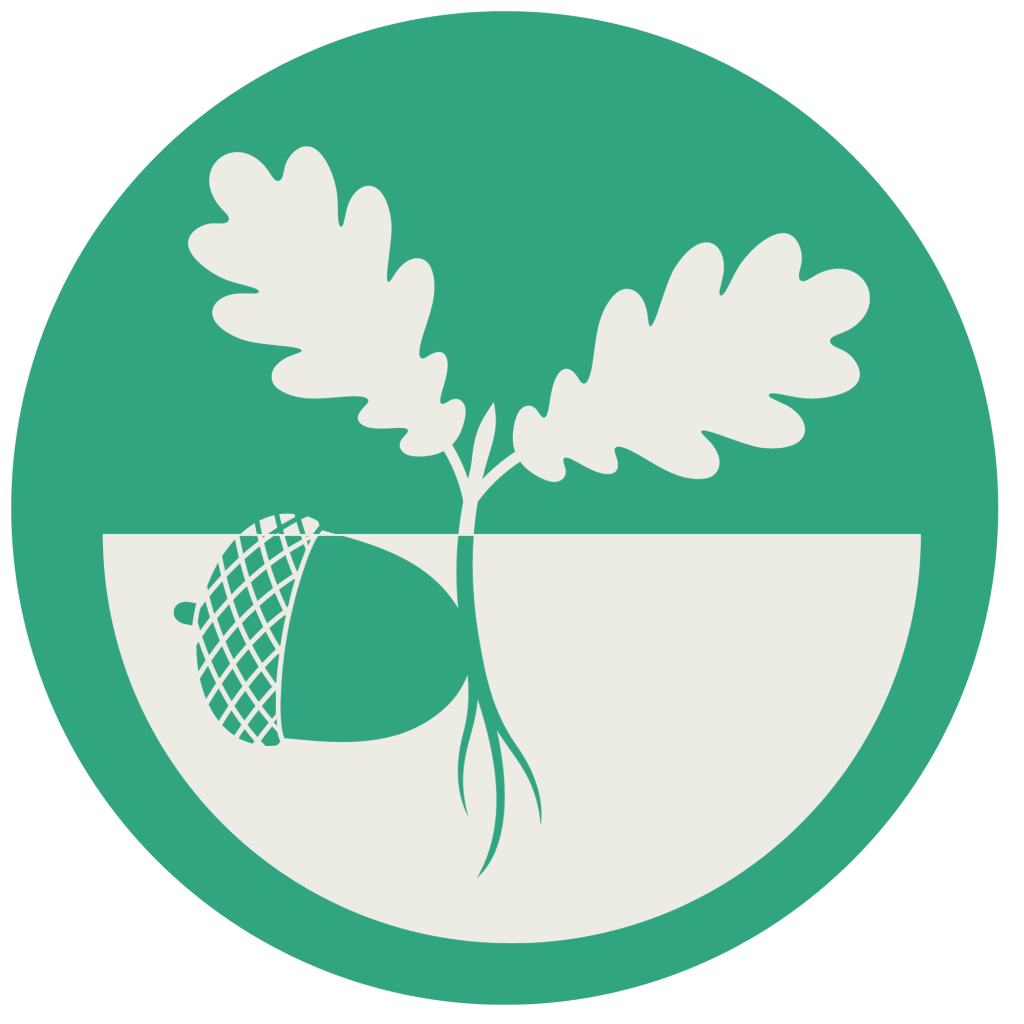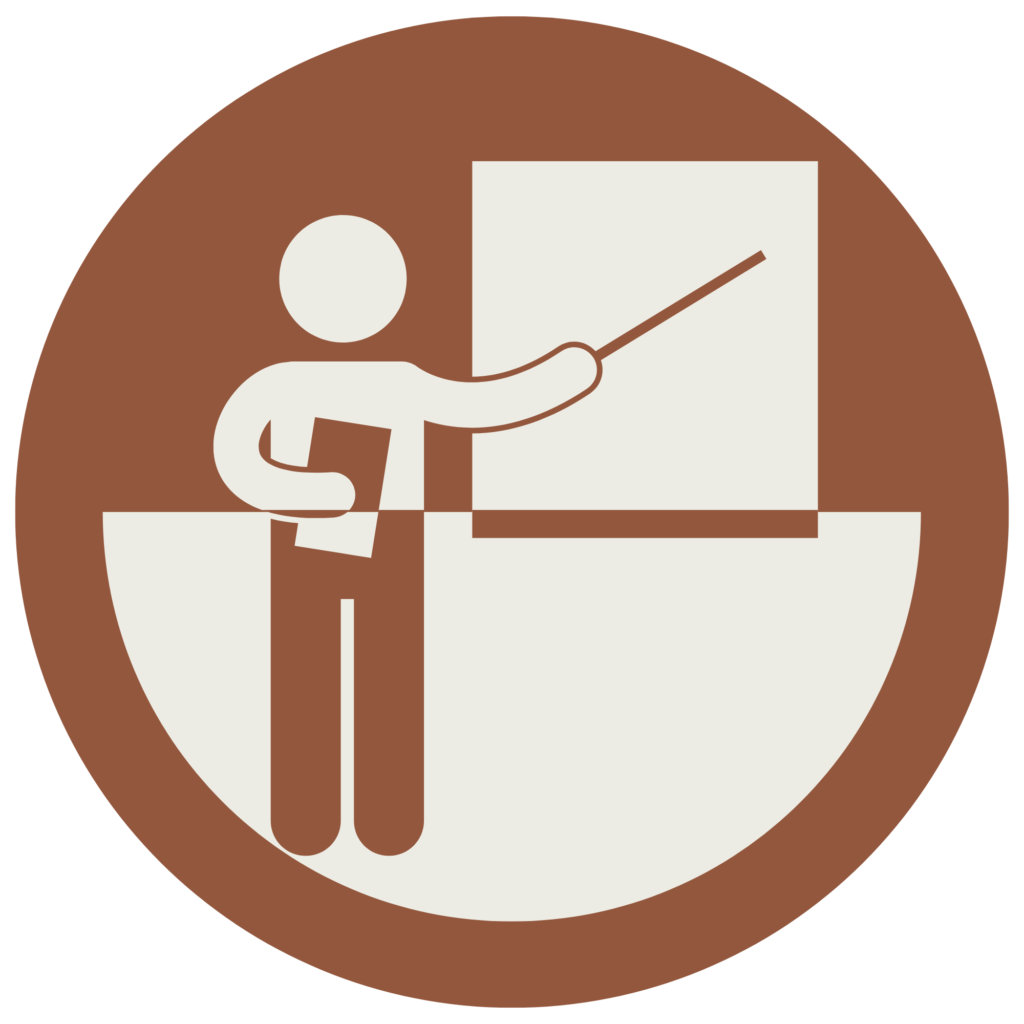
There is always room to grow—both in expanding your own understanding and in sharing knowledge with others. Learning and education are key to creating connected, resilient habitats across the landscape. Explore the resources below to discover ways to continue your own education or support learning opportunities for others.
Little Habitat Certification Levels
Level I: Acorn

- Choose one action item.
Level II: Seedling

- Choose two action items.
Level III: Oak

- Choose three action items.
Education Actions
Participate in Community Science Projects

Community science involves members of the public participating in scientific research and data collection. Data can be collected at home or in public spaces and contributes valuable information to ongoing research projects. Explore the resources on the right to learn more about different ways to participate in community science platforms.
Attend Continuing Education Opportunities

Attend continuing education opportunities such as virtual presentations, workshops, radio programs, or field trips. These opportunities support lifelong learning and help you stay up to date on best practices for creating wildlife-friendly landscapes. Continuing education may be offered through Marion SWCD or partner organizations. Check the resources on the right for available opportunities through the district.
Write a Blog Post

Write a blog post for the Marion SWCD website. Topics could include highlighting projects implemented, wildlife species spotted on the property, or any conservation related topic that interests you to help inspire others.
For More Info…
Recruit Two New Little Habitat Participants

Recruit two people to sign up for the Little Habitat Project. Eligible spaces include developed areas in Marion County such as private yards and gardens, public parks, schoolyards, and more. Need resources to share with neighbors or community members? Reach out to Kassi using the contact information on the right to request guides and handouts.
For More Info…
- Contact Kassi Roosth
Teach Your Neighbors

Teaching your neighbors about the importance of making spaces for wildlife can encourage more people to get involved in this effort. Wildlife species are facing threats from many kinds of human activities such as habitats being converted to other land uses, the spread of invasive species spreading, and pollution entering the environment. These factors can limit the ability of wildlife to find the resources they need to survive.
For More Info…
Volunteer to Support Wildlife Habitat

Volunteering with organizations that improve wildlife habitat is a rewarding way to support your local environment. Activities may include planting native plants, removing invasive weeds, educating others, and more. Volunteer opportunities are available through Marion SWCD and partner organizations. Explore the resources on the right to learn more about ways to get involved with the district.

